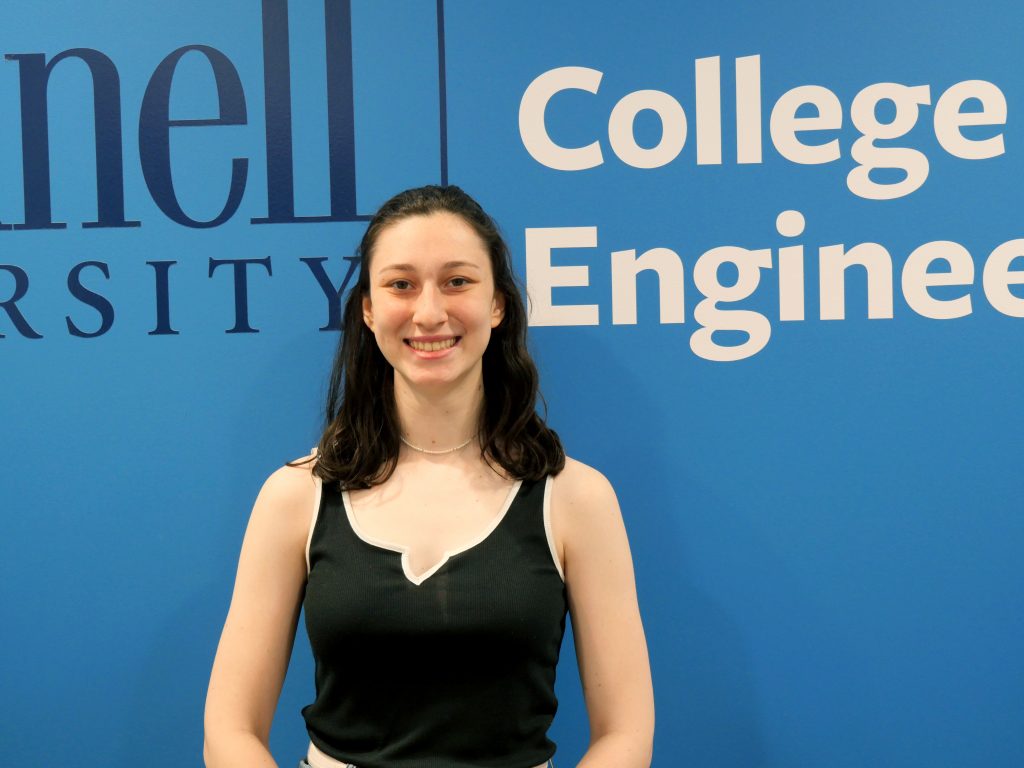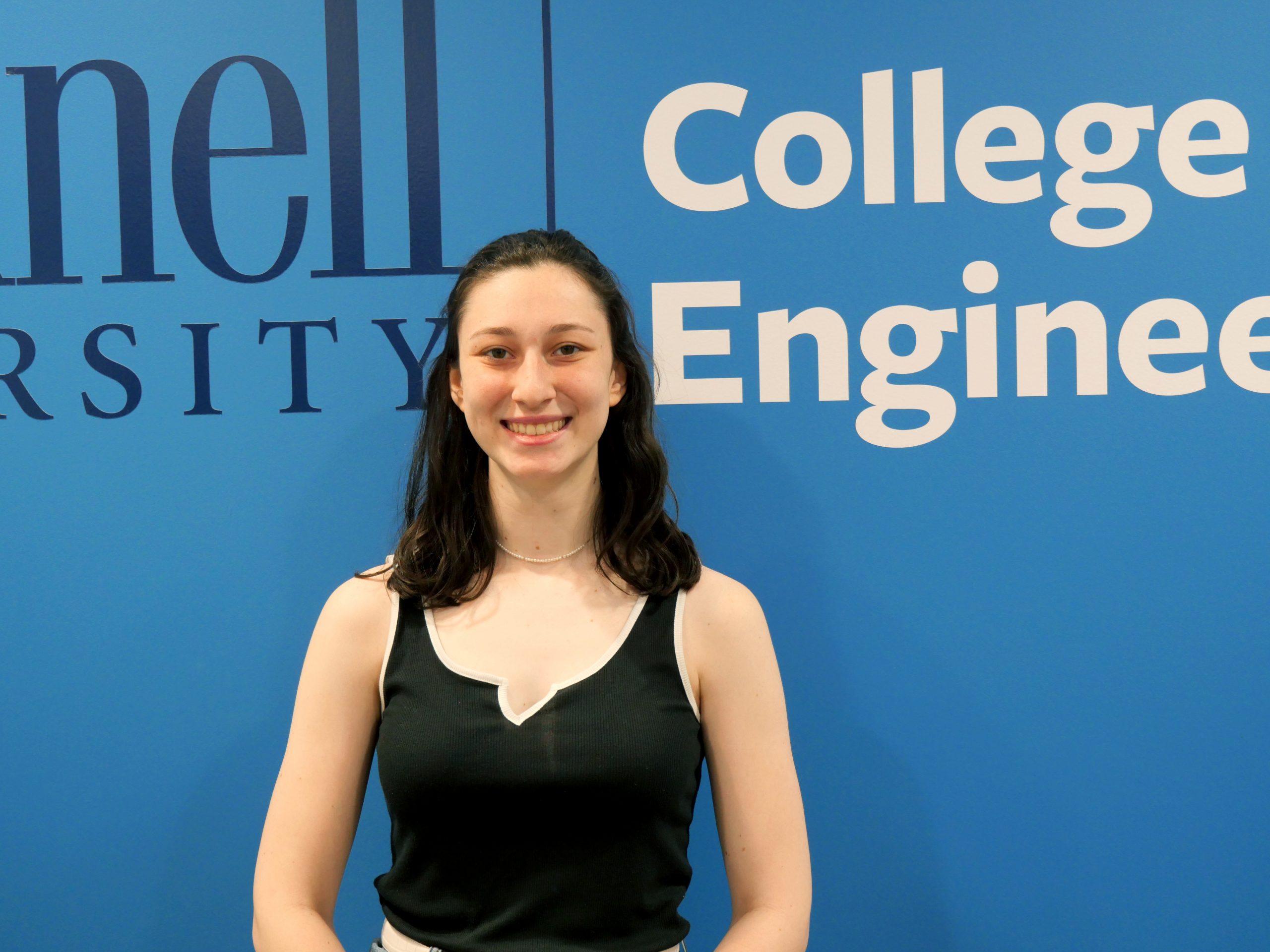
Walt Disney said, “Disneyland will never be completed, as long as there is imagination left in the world.” That quote can seemingly be applied to an assistive note-taking project that Bucknell computer engineering major Maddy Kalaigian ’26 is working on alongside Prof. Stu Thompson.
Kalaigian’s research is the continuation of work that started as a senior design project a decade ago that continues to widen in scope due to rapid advances in technology. One of the biggest challenges for prior students was how the camera would distinguish between the professor and the text on the board. Now, Kalaigian is incorporating AI from new sources like ChatGPT.
Kalaigian is spending her summer days in the Maker-E in Dana Engineering Building hunched over her computer writing code. She hopes to continue to advance the technology so it can be an effective tool for all learners, not just those who need assistance with taking notes.
The complex system will bring together various technologies, making it easier for students to watch a class or lecture video and pull out segments that they want to review or learn about. For example, a class will be recorded and the technology will both read written content on the board and catalog what the professor says. It will then automatically create keyframes from information on the completed board or slide. The student can click on a specific bullet point or figure within the image and be taken to the part of the lecture video where that topic is explained.
While the description of the outcome may seem simple, it is very complicated. The technology incorporates artificial intelligence alongside transcription automation, both of which must be extremely accurate to help all users, particularly those who may need more accessibility.
Like many institutions, Bucknell currently has a way to provide slides and recorded audio from class to students who request accommodations. But they are not in one package and don’t encapsulate audio and video at the same time.
“I was surprised at how higher education seems to be less accessible than K through 12,” says Kalaigian. “It’s almost like universities and colleges think that if you’re here you should know how to take notes and learn more independently. But some students need additional assistance.”
Kalaigian has spent the summer learning new programming languages, including Javascript with React libraries and the new syntax that goes along with it.
“I’ve been learning how to write what I want to work, in terms of code,” says Kalaigian, who expects to continue work on this project through the academic year and likely throughout her college career. “I’m a type A personality and I’ve learned that while I want this project to be linear, it and engineering as a whole will never be a straight line.”
Kalaigian initially started working on this project during her first year at Bucknell, through her Presidential Fellowship program.
“I wanted to work on a project with coding, and this provided a nice combination of education, engineering and computer science,” says Kalaigian. “I like helping students, which relates to my experience as a Mathnasium tutor during high school.”
While Kalaigian is the only student currently working on this project, she and Thompson have discussed including an education major in the future to provide a new perspective and help implement the Universal Design for Learning (UDL) framework.
With innovative ideas from new collaborators, continued advances in technology and a robust imagination thinking of new ways to use emerging tools, Kalaigian is sure to be busy over her next three years.
